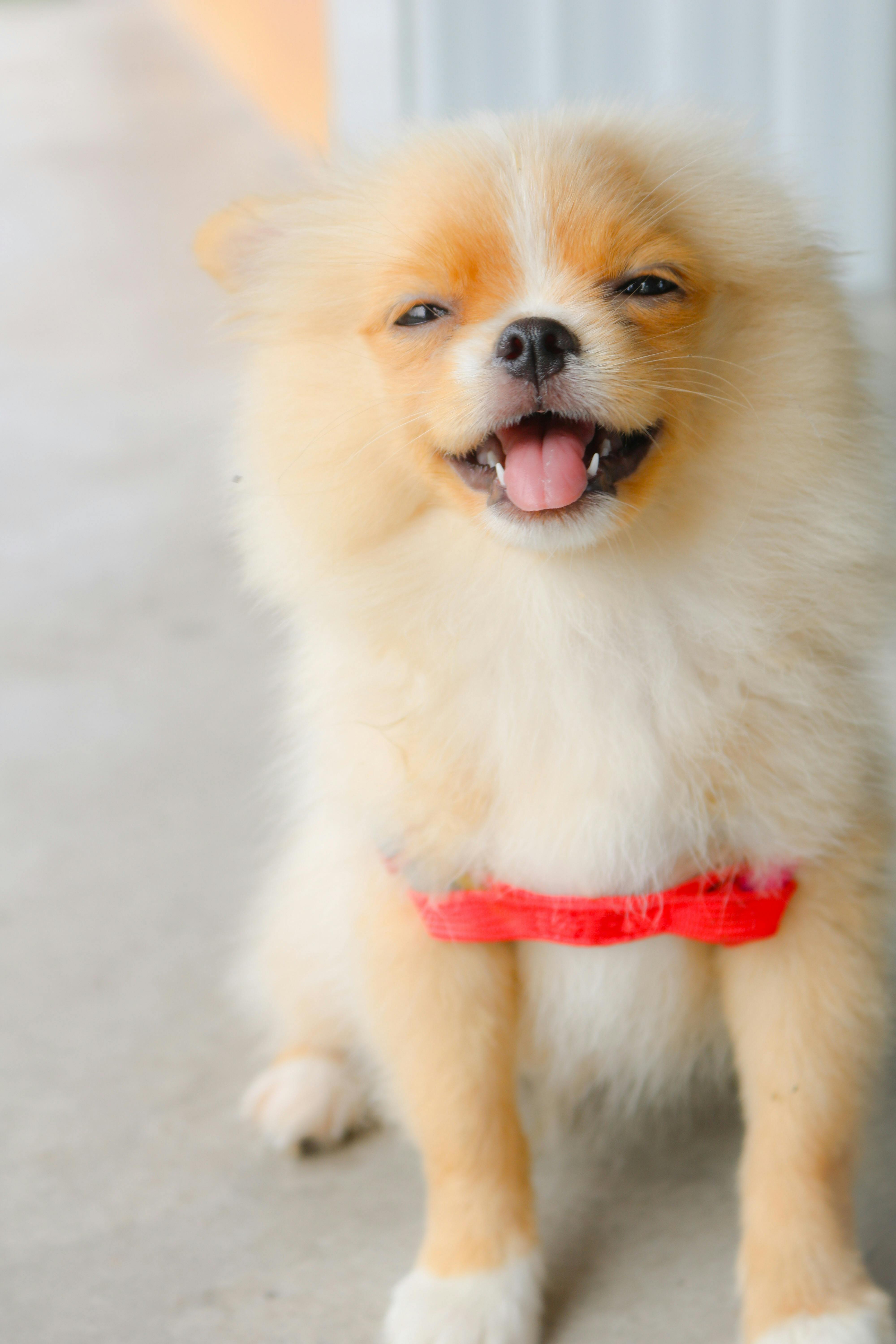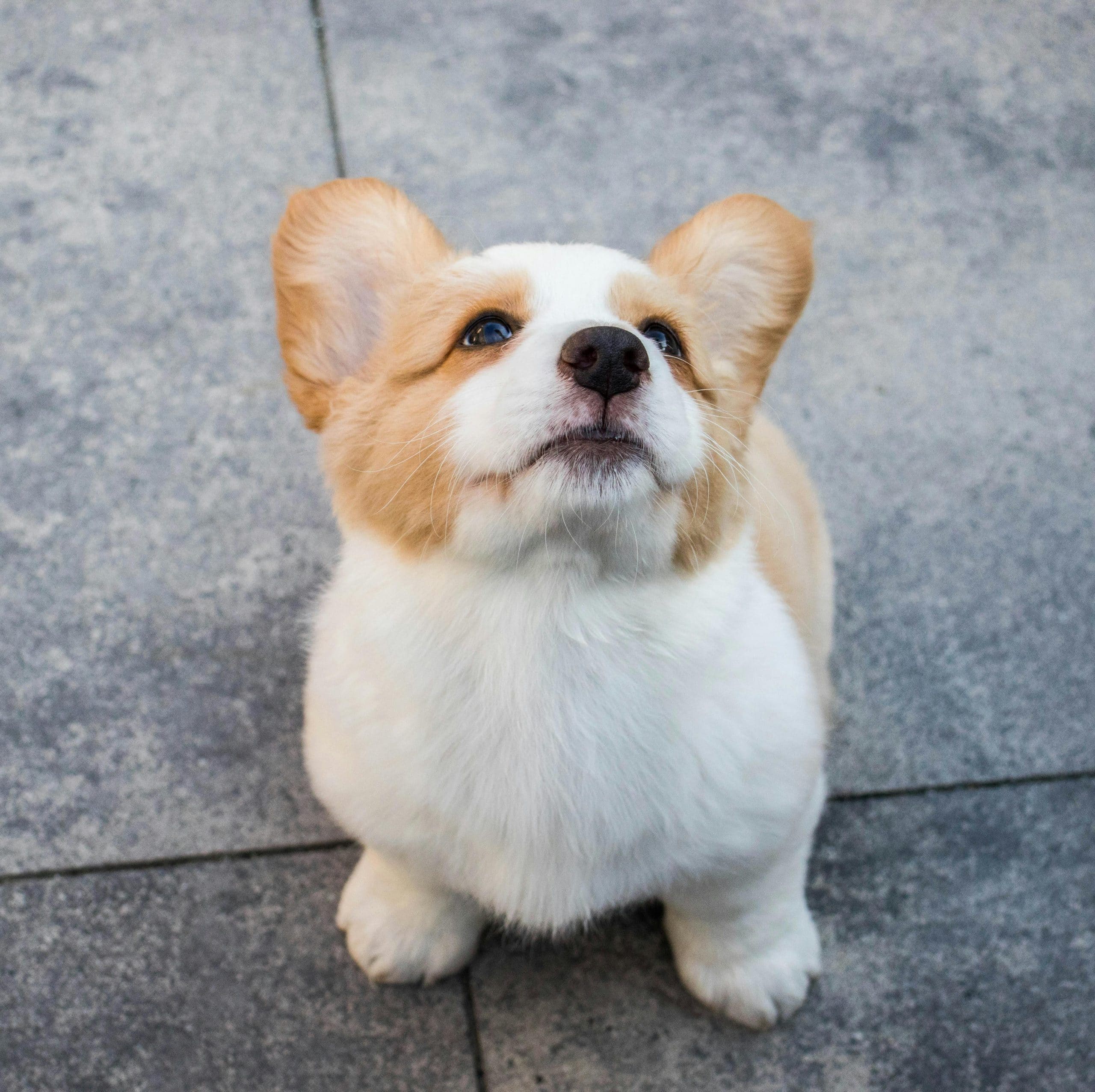Are you a proud new owner of a 12-week-old puppy? Congratulations! As you embark on this exciting journey of pet parenthood, it's essential to prioritize your puppy's health and well-being. One aspect that often gets overlooked is determining the appropriate safe walking distances for your little fur baby. In this health guide, we will explore the ideal walking distances for your 12-week-old puppy, ensuring they receive the necessary exercise without putting undue strain on their developing bodies. So grab a leash and let's dive into the world of safe walking distances for your adorable little companion!

This image is property of images.pexels.com.
Physical Development of a 12-Week-Old Puppy
Congratulations on welcoming a new member into your family! As your adorable 12-week-old puppy grows, it is essential to consider their physical development. This article will guide you through safe walking distances for your little fur ball, ensuring their well-being and promoting healthy growth.
Growth Spurts
At 12 weeks old, your puppy is experiencing rapid growth spurts. Their little bodies are developing and changing every day, and it's crucial to understand their limitations during this time. While exercise is vital for their overall well-being, it's important not to overdo it and cause any harm.
Muscle Strength
During the early weeks, your puppy's muscles are still developing and strengthening. Gentle exercise, such as short walks, can help promote muscle growth and coordination. However, it's crucial to keep in mind that their muscles are still delicate at this stage, so be cautious about the duration and intensity of their physical activities.
Bone Development
The bones of a 12-week-old puppy are still growing and hardening. Excessive stress or strain can potentially damage their developing bones and lead to issues later in life. To ensure optimal bone development, it is vital to provide appropriate exercise and walking distances designed specifically for your pup's age and breed.
Importance of Safe Walking Distances
Now that we understand the physical development of your 12-week-old puppy let's talk about the importance of safe walking distances. Walks provide mental stimulation, exercise, and an opportunity for socialization for your furry friend. However, it is essential to strike a balance to prevent overexertion and potential joint damage.
Avoiding Overexertion
Puppies are enthusiastic bundles of energy and may push themselves beyond their limits if not monitored closely. Overexertion can lead to exhaustion, dehydration, and stress on their growing bodies. Avoid long walks or excessive physical activity to prevent your puppy from becoming overwhelmed.
Preventing Joint Damage
The joints of a puppy are still developing and are susceptible to injury. Continuous high-impact exercise or excessive strain on their joints can lead to long-term joint problems. By maintaining safe walking distances, you can minimize the risk of joint damage and ensure your puppy's joints develop properly.
Consulting a Veterinarian
It is always a good idea to consult with a veterinarian before establishing a regular walking routine for your puppy. Your veterinarian will evaluate your puppy's overall health and provide specific recommendations tailored to their breed and individual needs.
Routine Check-Up
During your puppy's routine check-up, your veterinarian will assess their overall health and discuss any potential concerns. This is the perfect opportunity to address any questions or concerns you may have regarding your puppy's physical activity levels and suitable walking distances.
Breeder Recommendations
If you got your puppy from a reputable breeder, they can offer valuable insights into your specific puppy's needs. Breeders have experience with the breed and can provide guidance on exercise routines and suitable walking distances. Their knowledge can help ensure your puppy's physical development is on the right track.
Determining Suitable Walking Distances
When it comes to determining suitable walking distances for your 12-week-old puppy, several factors need to be considered. These factors include breed and size, your individual puppy's health, and gradually increasing the walking distance over time.
Breed and Size Factors
Different breeds and sizes of puppies have different exercise requirements. Smaller breeds may need shorter walks, while larger breeds may require slightly longer distances. Research your puppy's specific breed to understand their exercise needs better.
Individual Puppy's Health
Each puppy is unique, and their health condition plays a role in determining suitable walking distances. Puppies with certain health conditions may require reduced exercise or more gentle activities. Consult with your veterinarian if you have any concerns about your puppy's health.
Gradual Increase in Distance
As your puppy grows, their stamina and endurance will improve. However, it is crucial to gradually increase the distance of their walks to avoid sudden exertion. Start with short walks around your neighborhood and gradually increase the distance as your puppy builds strength and stamina.

This image is property of images.pexels.com.
Walking Techniques for Puppies
Walking techniques play a vital role in ensuring your puppy's safety and comfort during their walks. Proper leash training, the use of a harness, and avoiding strain on their neck are all important aspects to consider.
Proper Leash Training
Leash training is essential to ensure your puppy walks beside you in a controlled manner. Teach them to walk on a loose leash, rewarding good behavior and gently correcting any unwanted pulling. By properly leash training your puppy, you can create a safe walking environment for both of you.
Using a Harness
Using a harness instead of a collar can distribute the force across your puppy's chest, rather than focusing it on their neck. This prevents unnecessary strain on their delicate neck muscles and can minimize the risk of injury or discomfort during walks.
Avoiding Strain on the Neck
It's crucial to avoid any strain on your puppy's neck while walking. This means avoiding excessive pulling or jerking movements on the leash that could harm their neck muscles or potentially damage their windpipe. Gentle guidance and positive reinforcement can help create a pleasant walking experience for both you and your puppy.
Signs of Overexertion
While it's important to maintain a regular exercise routine for your puppy, it's equally crucial to watch for signs of overexertion. Keep an eye out for these signs to ensure your puppy's well-being during their walks.
Excessive Panting
If your puppy is panting excessively during or after a walk, it may be a sign that they are pushing their limits. Panting is their way of cooling down, but excessive panting can indicate that they are exhausted and need a break.
Limping or Lameness
Limping or lameness is a clear sign that your puppy has exerted themselves too much during a walk. It's important to stop the walk immediately and allow them to rest. If the limping persists or worsens, consult with your veterinarian to rule out any potential injuries.
Reluctance to Walk
If your puppy suddenly becomes hesitant or reluctant to walk, it may be a sign that they are tired or experiencing discomfort. Pay attention to their body language and behavior, and adjust their walking routine accordingly.

This image is property of images.pexels.com.
Potential Joint Issues in Puppies
Puppies, especially larger breeds, are prone to certain joint issues that can affect their long-term health and mobility. Familiarize yourself with these potential joint issues to ensure proper care for your growing puppy.
Developmental Dysplasia of the Hip
Developmental Dysplasia of the Hip (DDH) is a condition where the hip joint does not develop properly, leading to instability and potential joint problems. Avoid excessive exercise or activities that put strain on their hip joints to minimize the risk of DDH.
Osteochondritis Dissecans
Osteochondritis Dissecans is a condition that affects the joints' cartilage, particularly in large and giant breed puppies. It can result in lameness and joint pain. Overexertion and excessive high-impact exercise can potentially worsen the condition. Keep a close eye on your puppy's movement and consult with your veterinarian if you notice any signs of joint issues.
Patellar Luxation
Patellar luxation, also known as a dislocated kneecap, is a common joint problem in small breed puppies. It occurs when the kneecap shifts out of its normal position, causing lameness and discomfort. Avoid excessive jumping or sudden movements during walks to prevent straining their delicate kneecaps.
Creating a Safe Walking Schedule
To ensure your puppy's well-being and promote healthy physical development, establishing a safe walking schedule is essential. Here are some tips to help you create a suitable routine for your 12-week-old puppy.
Shorter, Frequent Walks
Instead of long walks, opt for shorter, more frequent walks throughout the day. This approach allows your puppy to enjoy regular exercise while minimizing the risk of overexertion. Plan multiple walks of 10-15 minutes each, rather than one long walk.
Time for Rest and Recovery
Between walks, make sure to provide your puppy with plenty of rest and recovery time. Puppies need time for their bodies to recuperate and rebuild after physical activity. Allow them to relax in a quiet and comfortable spot to ensure proper rest between walks.
Avoiding Rough Terrain
During this delicate stage of your puppy's physical development, it's important to avoid rough and uneven terrain. Stick to smooth and level surfaces, such as sidewalks or grassy areas, to minimize the risk of injury. Save the hikes and trail walks for when your puppy is older and better equipped to handle the challenges.
Alternatives to Long Walks
While walks are an integral part of your puppy's routine, there are other alternatives to provide mental stimulation and exercise, especially during those times when long walks may not be possible.
Introducing Mental Stimulation
Puppies have curious minds that require mental stimulation. Engage your puppy in activities that challenge their minds, such as puzzle toys, interactive treat dispensers, or training sessions. Mental stimulation can tire them out just as much as physical exercise.
Encouraging Interactive Play
Interactive play sessions with you or other well-socialized dogs can be a great substitute for long walks. Use toys, balls, or tug ropes to keep your puppy active and engaged while providing an opportunity for socialization and bonding.
Socialization in Controlled Environments
Instead of long walks in unfamiliar places, consider controlled socialization environments, such as puppy playgroups or puppy obedience classes. These settings allow your puppy to interact with other dogs of their age while ensuring a safe and supervised environment.
Conclusion
As your 12-week-old puppy embarks on a journey of physical development, it is crucial to provide them with safe and appropriate walking distances. Remember to consult with your veterinarian, consider your puppy's individual needs, and gradually increase the distance over time. By following these guidelines and paying attention to your puppy's cues, you can promote their physical well-being, prevent potential joint issues, and enjoy happy and healthy walks together.


